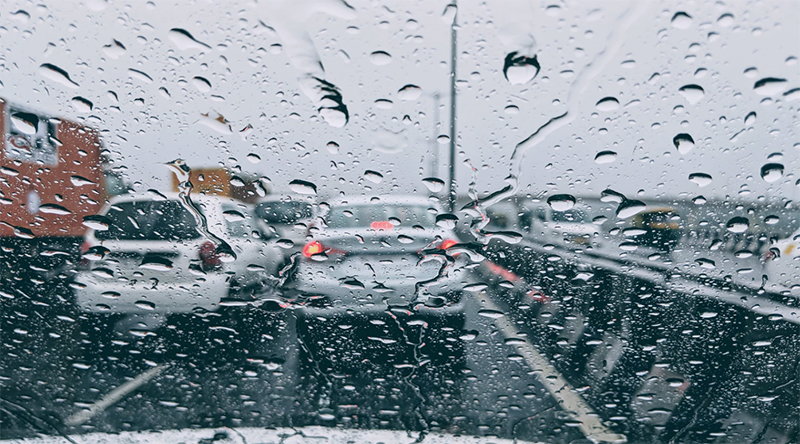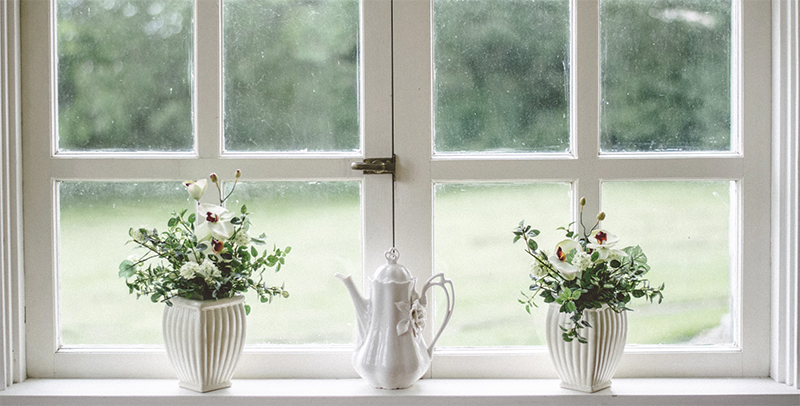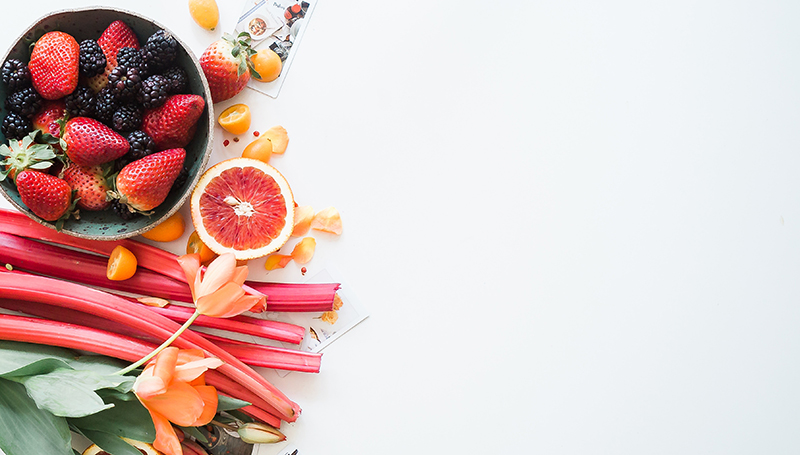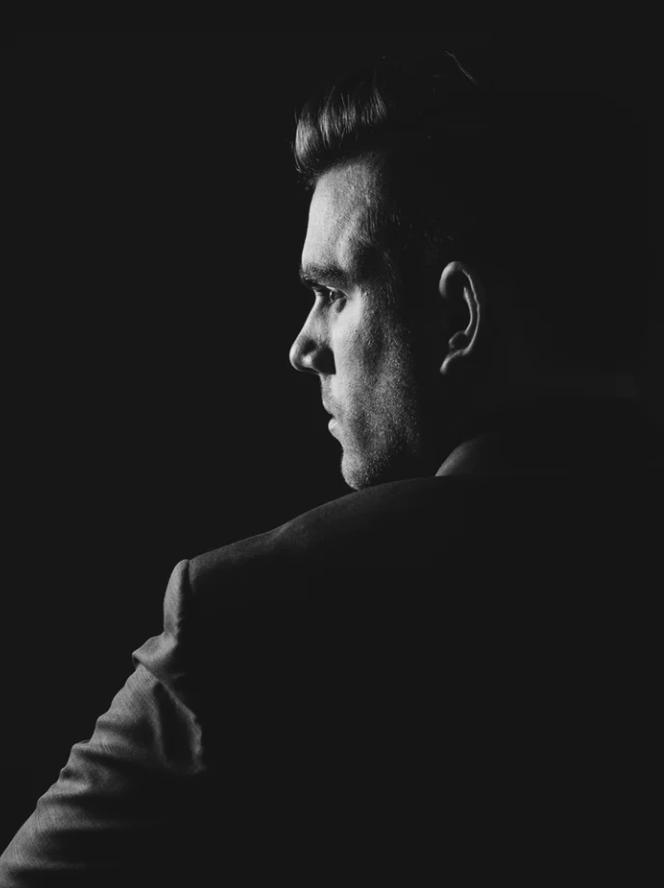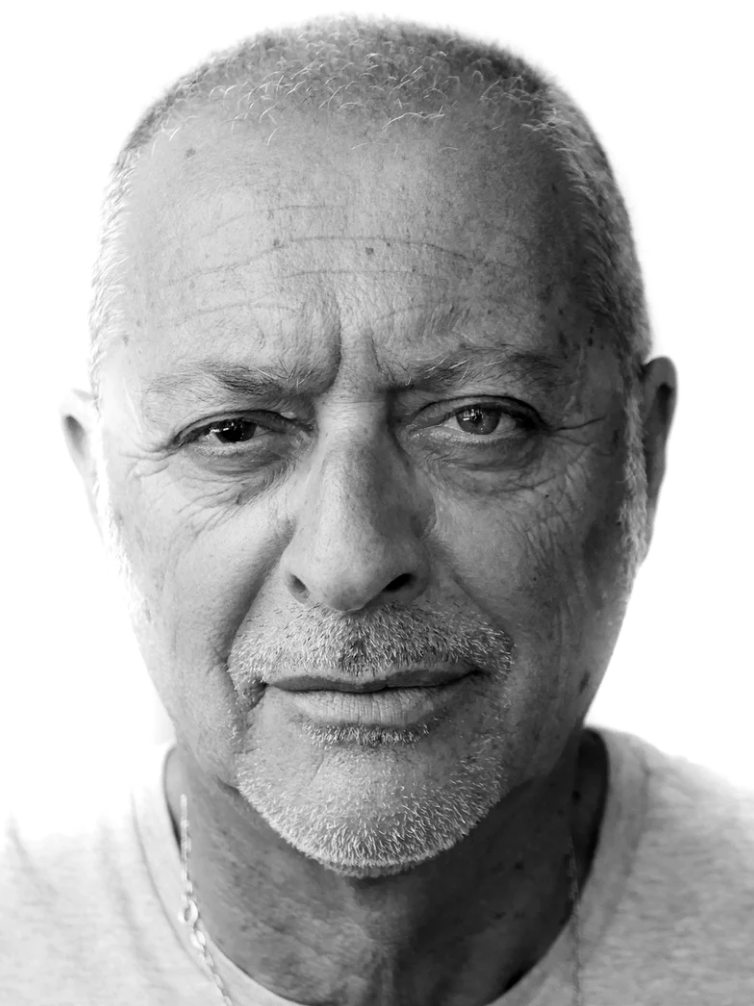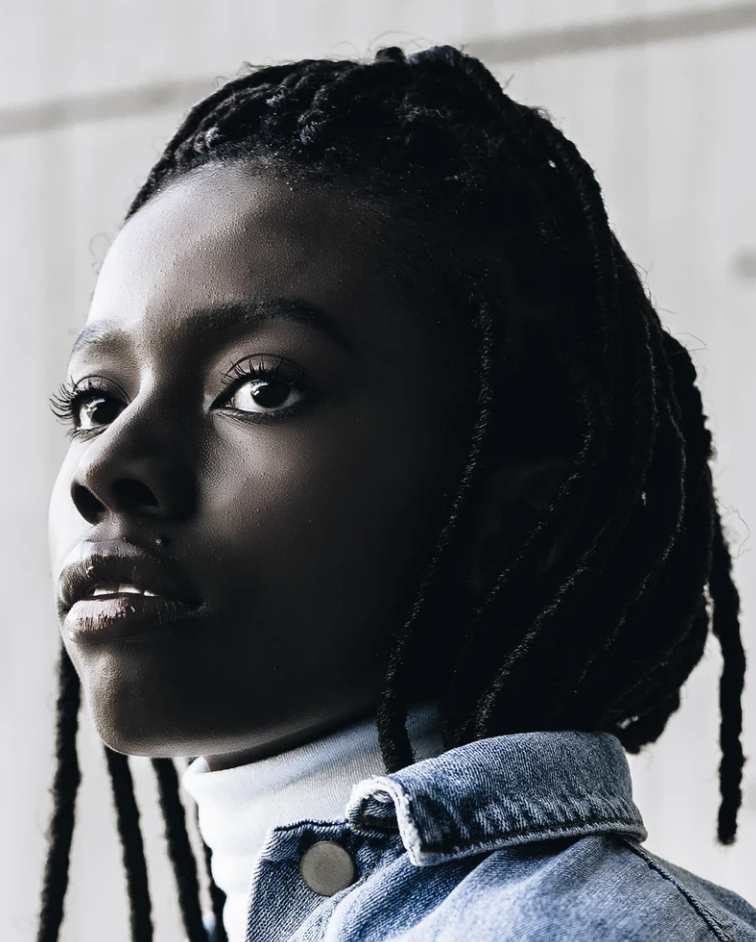23 photography ideas for a grey day
A couple of AYWMC students recently have asked for ideas of what to shoot on a grey day. Did you know that most photographers actually prefer a grey day? The light that comes off a bright, midday sun is very harsh, and gives high-contrast shots with distracting shadows. We spend most of our time trying to filter the sunlight through modifiers to soften it.
So when the sky is covered in cloud, see it as an opportunity not an obstacle.
Settings for shooting indoors
On a grey day there will be very limited light available, so aim for a wide aperture and a slow shutter speed. You may need to use a high ISO. Your shutter speed still needs to be fast enough to avoid camera shake and subject motion-blur.
use a low viewpoint, or get eye-to-eye with your subject
don’t worry about your ISO - start on aperture priority mode with a nice wide aperture (eg. f4), make sure your shutter speed is at least 1/60th so you don’t get camera shake, and let the ISO climb to whatever it needs to
if your subject doesn’t move, try using a tripod to enable longer shutter speeds
turn your flash off
turn your indoor lights off, otherwise you will get a competing colour cast
if your subject is small enough, use a reflector on the opposite side to the window
Settings for shooting outdoors
There will be less light than you think if the sky is covered in cloud. All you need to do is keep an eye on the histogram and dial in +1 exposure compensation as needed (or shoot Manual mode).
Don’t forget your depth of field is controlled by the aperture, and the amount of motion blur/camera shake is controlled by the shutter speed. So to capture a raindrop on a leaf, make sure your aperture is small enough to keep the raindrop sharp and the shutter speed fast enough to prevent camera shake. If it’s windy that will mean you need an even faster shutter speed. Let the ISO creep up as needed, especially if it’s a gloomy day. If none of this makes sense to you sign up for my free online beginner’s workshop at the end of this post.
23 photography ideas for a grey day
1. Indoor studio
Set up a table-top studio next to a window, and practise some techniques in a controlled environment:
using a reflector
using a tripod and a long shutter speed
2. The weather
Have you simply got a flat, grey day, or is there also some more interesting weather about? If it’s rainy and windy, head out and try and catch some drama. Think storytelling - you can’t shoot the wind but you can shoot the effect it has on the environment. You might not want to be in the rain, but you can still capture a photograph of it.
Photo Ashwini Chaudhary, with permission
3. Shoot the mood
One of the more advanced techniques in photography is to capture a mood and convey it in your image. How does a flat, grey day make you feel? How can you create a photograph that evokes that feeling to the viewer, even if they weren’t there with you on the original grey day?
4. Flash photography
Have you been meaning to get to grips with TTL, E-TTL and all the other flash photography jargon? Whether you have a pop-up flash or can try some off-camera flash, there is a lot of technology to master. What’s your sync speed? How do you trigger your off-camera flash? Can you modify your on-camera flash to soften the shadows? Charge your batteries and start Googling.
5. Your pets
Or your children. Or the thing you collect. Use the flat light to work indoors close to a window and enjoy the lack of distracting shadows you’ll get.
Photo Lydia Torrey, with permission
6. Learn to use your camera properly
Join A Year With My Camera today, and start your photography journey now. You’ll start by getting off auto mode once and for all and then go on to learn everything you need to know, in the right order, at a manageable pace. Join here:
7. Replicate a painting
Go online and find a reproduction of a painting, old or new, famous or obscure. Then use your imagination to try and replicate it with your camera. You might try small-scale using your table-top studio. Or something bigger indoors or out. Don’t be too inflexible - be ready to workaround things that might seem impossible.
8. Your hobby
Create a still life that illustrates your hobby, whether it’s crochet, piano playing, origami, flower arranging or collecting tea pots.
Image Nathan Fertig, with permission
9. Document your day
Use any camera, or even other media (pen, paint, journalling apps) and create a record of your day, no matter how mundane. Aim to make the ordinary extraordinary either with composition, light or context.
10. Phone photo challenge
Put your big camera away and challenge yourself to create some eye-catching shots using only your phone. Use my Make 30 Photos prompts as a starting point.
11. Flower photography
How many ways can you photograph a flower? How can you light it, indoors and out? Can you have a go at making an arrangement?
12. Macro photography
Indoors or out, close-up photography needs flat light and low contrast, so is perfect for grey days. You can get started with no new kit using the reverse-lens method, or simply the Macro mode on your camera (it’s usually signified by the flower icon).
13. 50 shades of grey
Or maybe just 10. Get out under that flat grey sky and capture a palette of greys. Look for texture, contrast and patterns. But no colour.
14. Go to a museum
Or a stately home, or a local attraction - anywhere that gets you out of the house but indoors again. Enjoy the “fresh-eyes” feeling of visiting somewhere for the first time. Or if you’ve been before, look with the eyes of a photographer rather than a general visitor.
Shoot a series of photos (with your phone or big camera) that could be used to illustrate a website or brochure for that place. You’ll need some scene-setting wide shots, some highlights, something to use as background (texture, carving, ceilings) and maybe something that shows people enjoying the place. If you shoot people, just be mindful of their right to privacy. I tend to only shoot people from behind, so they aren’t identifiable at all.
15. Food photography
Use your kitchen or a table-top studio next to a window, and have a deep-dive into food photography. If you’ve never done it before, think about how you would illustrate one of your favourite recipes. You’ll need a “hero” shot of the whole meal, plus a few detail shots. You might include some behind-the-scenes shots to illustrate each step of the recipe.
Image Brooke Lark, with permission
16. Opposites day
Shoot the thing you would never normally shoot, or shoot with the lens you least enjoy using.
17. Flattering portraits
Soft window light coming from a cloudy sky is the perfect light for low contrast, flattering portraits. Set your model up next to a window, out of direct sunlight. Ask them to turn their face to the light, or look straight at the camera. See how the shadows change as the model turns their head.
Images Drew Hays, Mauro Paillex, Oladimeji Odunsi, with permission
18. Intimate landscape
Stop looking at the horizon and start looking at what’s under your feet. An intimate landscape is one which is a detail of a larger landscape. The flat light and reflections that you get on a rainy day are perfect for low contrast shots with a bit of sparkle.
Image Thomas Lipke, with permission
19. Read your backlog
How many old photography books and magazines do you have stacked up waiting to be read? Dig them out and make a start. Note down ideas, projects and techniques you want to try.
20. Backup and keyword
There’s always some photo admin to be done. Have you been meaning to try Affinity or Lightroom? Download a trial and give it a go. Do you already have a digital asset manager (Lightroom, Google Photos)? Go back over the last year and tidy your shots up: delete all the out of focus ones, keyword everything, flag your best shots for further work.
21. Enter a competition
How many old photos do you have that are waiting to be worked on? Whether it’s for your local camera club, or landscape photographer of the year, a rainy day is the perfect excuse to pick 3 or 4 shots to work up to competition quality.
22. Make a photobook
The quintessential rainy-day project: sit down and finally get those photos on your computer out into the world. Use old-fashioned glue and paper, or try an online digital print service (Snapfish, Shutterstock, Blurb).
23. Make your own light
Try light painting with a long shutter speed. Or light a candle and see what settings you need to capture the flame, or the light it casts. What can you do with the torch on your phone? Find something white and try and light it with two different colour temperature lights (eg. tungsten and daylight, or fluorescent and candlelight). What can you find in the house to cast interesting shadows?
Join A Year With My Camera today
My online beginner’s photo workshop is free via email. Join here and get started today:
With thanks to the members of the April 2019 AYWMC start Facebook group who came up with the original question and also a fair few of the project ideas.
You might also enjoy:

